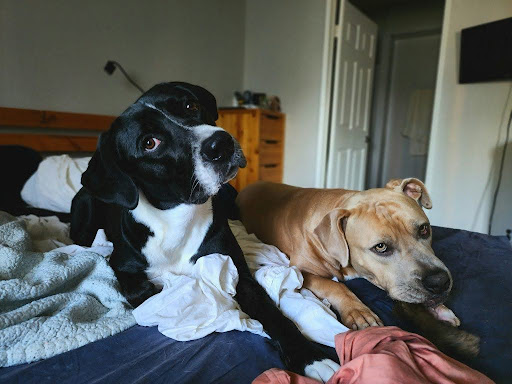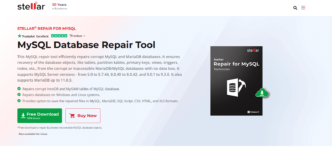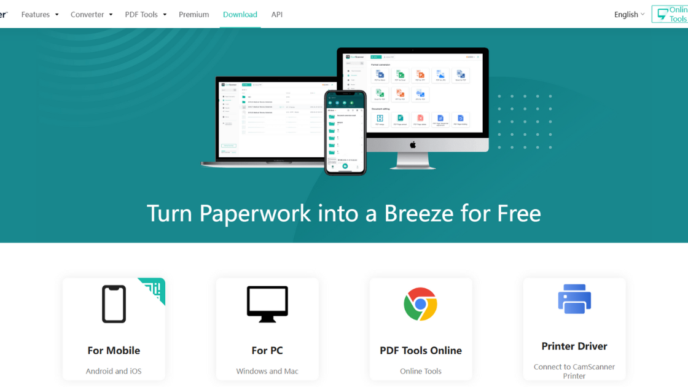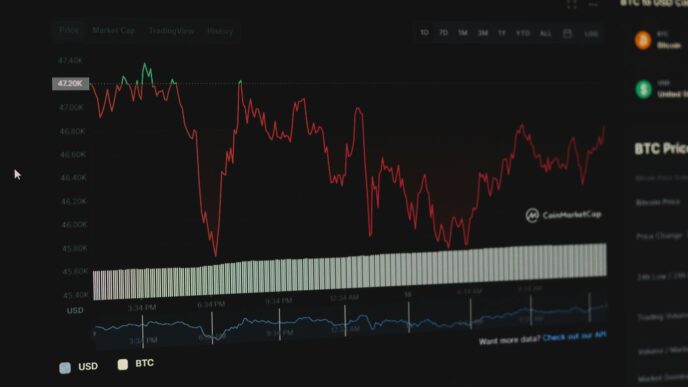Living with pets in an apartment setting can be both rewarding and challenging. Whether it’s a playful pup or a curious cat, sharing a smaller living space with your furry companion requires thoughtful planning. As city life becomes more common, apartment living with pets is increasingly popular bringing with it the need for smart, space-conscious solutions. From selecting the right pet to organizing feeding areas and managing noise, every detail matters.
Best Pets for Apartment Living with Pets
Not every pet is suited for a compact living space. When it comes to apartment living with pets, choosing the right animal is your first essential step. Small dog breeds like French Bulldogs, Dachshunds, and Cavalier King Charles Spaniels adapt well to apartment life because of their calm demeanor and lower exercise needs. Cats are another great option; they’re independent, quiet, and often content with window perches and cozy corners.
Other apartment-friendly pets include rabbits, guinea pigs, hamsters, and birds. These animals require limited space and are relatively quiet. However, even smaller pets still need stimulation, attention, and designated areas to stay happy and healthy indoors.
Space-Saving Pet Furniture and Layout Ideas
When you’re short on space, every inch matters. Investing in space-saving furniture can make apartment living with pets much more manageable. Consider furniture that doubles as pet gear like ottomans with hidden beds or coffee tables that offer pet hideaways underneath.
Vertical space is your friend. Wall-mounted shelves for cats provide a climbing playground without cluttering your floor. For dogs, foldable crates and compact storage bins for toys and gear help keep things neat. Creating a dedicated pet zone, even in a small corner, can help your pet feel at home while reducing mess.
Feeding and Watering Solutions for Apartment Pets
Feeding time in a small apartment can get messy fast, but the right tools can keep it clean and efficient. Automatic feeders are ideal for busy pet parents; they dispense food on schedule and reduce the clutter of bowls lying around. Water fountains ensure fresh, running water, which many pets prefer over stagnant bowls.
Look for stackable or wall-mounted food storage bins to save cabinet space. Create a designated feeding nook using placemats to catch spills and easily clean up after meals. Keeping this area organized promotes hygiene and ensures your pet stays well-fed without cluttering your living space.
Bathroom and Litter Box Essentials
Maintaining a clean and odor-free bathroom area is crucial for apartment living with pets. For cat owners, covered litter boxes or self-cleaning models can help contain mess and minimize smells. These units often come in sleek designs that blend well with apartment decor.
Dog owners without immediate outdoor access may opt for indoor potty pads or grass patches that can be placed on a balcony or in the bathroom. Regular cleaning and the use of odor-neutralizing sprays ensure your apartment remains fresh and comfortable for everyone.
Indoor Exercise and Entertainment
Limited outdoor access doesn’t mean your pet can’t stay active. A key component of apartment living with pets is providing sufficient indoor stimulation. Interactive toys, treat-dispensing puzzles, and cat tunnels help burn off energy and prevent boredom.
Set up scheduled play sessions each day, even if they’re brief. Use scratching posts, chew toys, or teaser wands depending on your pet’s needs. Remember, mental stimulation is just as important as physical exercise in keeping pets healthy and happy.
Managing Noise and Building-Friendly Behavior
Noise complaints are one of the biggest concerns for pet owners living in apartments. Luckily, there are several strategies to help minimize disturbances. Start with basic training teaching your pet to remain calm when you leave, reduce barking, or avoid jumping on doors.
Use crate training and calming music or white noise machines to help your pet relax when alone. For cats, ensure they have cozy, secure places to hide. For dogs, consider soft booties or paw pads to reduce the sound of footsteps on hardwood floors.
Cleaning Tools and Air Freshening Tips
Cleanliness is key in small spaces. Invest in tools that make pet cleanup efficient. A handheld vacuum or robot vacuum designed for pet hair can keep floors clean with minimal effort. Microfiber mops, lint rollers, and enzyme-based cleaners are also must-haves.
To keep the air fresh, use pet-safe air purifiers or natural deodorizers like baking soda and activated charcoal. Avoid harsh chemicals or scented sprays that can irritate your pet’s nose. Keeping your home clean ensures a more pleasant experience for both pet and owner.
Conclusion
While it may take some extra planning and creativity, apartment living with pets is absolutely achievable and can be incredibly rewarding. By choosing the right pet, investing in space-saving solutions, and staying on top of cleaning and training, you’ll create a safe and happy environment where both you and your furry friend can thrive. With the right essentials and a little effort, your apartment can become the perfect pet-friendly haven.














